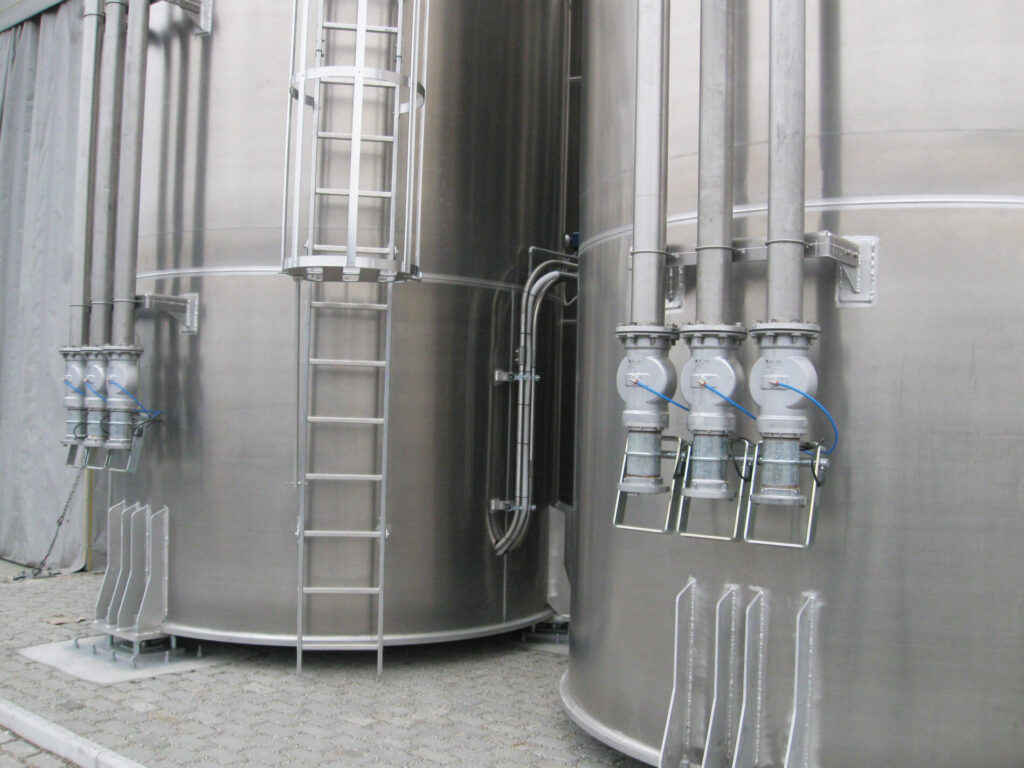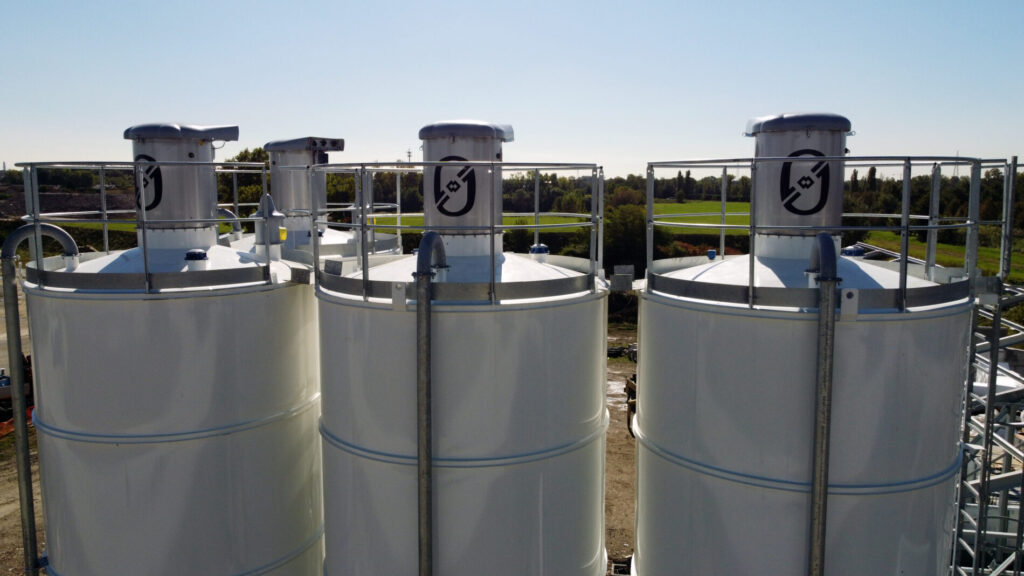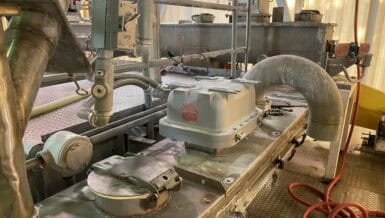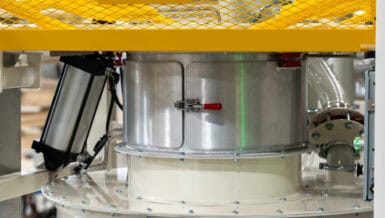When Storage Becomes a Hazard
The danger emerges during routine operations. The filling and emptying of silos can generate suspended clouds of fine dust—dust which, in the right concentration and in the presence of an ignition source, can become explosively combustible. Deflagration inside a confined space such as a silo can result in a dramatic build-up of pressure. When this exceeds the structural capacity of the silo, the consequences can be catastrophic: ruptured roofs, failed access doors, shattered pipework—and in the worst cases, secondary explosions throughout connected systems.
These so-called “fireballs” of unburnt dust and flame can reach up to 75 times the volume of the silo itself. In addition to structural destruction, they pose serious risks to personnel, facilities, and downstream operations.
Mitigation Strategies: Prevention Is Not Enough
While preventive measures such as dust extraction systems, electrostatic discharge controls, and inert gas purging can reduce the likelihood of ignition, they cannot eliminate the risk entirely. That is why constructive explosion protection systems—whether passive or active—are essential for mitigating the potentially devastating effects of a dust explosion.
Passive protection solutions, such as explosion vent panels, are designed to relieve pressure and flame safely out of the silo, preventing structural failure. These systems are low maintenance and highly effective, particularly in outdoor installations. For indoor environments, flameless venting devices use metal mesh or filters to quench flames while dissipating pressure.
On the other hand, active protection systems employ sensors to detect the earliest signs of an explosion and trigger rapid suppression or isolation devices. While more complex and often more costly, active systems are indispensable in scenarios where venting is not feasible—such as with volatile chemicals or when silos are located within production facilities.
The WAMGROUP Approach to Silo Safety
As one of the world’s leading manufacturers of equipment for bulk solids handling, WAMGROUP also offers a comprehensive portfolio of silo safety equipment solutions to protect against excess pressure, implosion, and explosion hazards.


Integrated Excess Pressure Protection Solutions
WAMGROUP’s range of pressure relief valves, including models like the VCP, VHS-C and VCP-D, ensures that silos are protected against both positive and negative pressure surges. These valves are engineered for reliability in continuous operation and are available in corrosion-resistant materials for use in demanding environments.
Dust Filtration and Monitoring Systems
For prevention, explosion WAMGROUP also provides high-efficiency filtration systems, such as the SILOTOP® ZERO, equipped with compressed air pulse-jet cleaning to reduce dust emissions and limit the formation of hazardous dust clouds. Paired with TOREX® level indicators, pressure sensors and control units, these filters form part of a smart safety eco-system for silo management.
The KCS Silo Safety System: One Compact Complete Solution
A highlight of WAMGROUP’s offering is the KCS Silo Safety System, a compact, integrated unit designed to prevent the most common and dangerous risks associated with silo filling operations. Installed on top of the silo, the KCS combines several essential safety functions in a single system:
- Pressure Relief: Includes an integrated pressure relief valve, which safeguards the silo from excessive pressure caused by blockages, overfilling, or pneumatic delivery faults.
- Emergency Filter: In the event of primary dust filtration failure, the KCS’s safety filter element prevents dust from escaping into the atmosphere, ensuring environmental compliance.
- Level Monitoring: Equipped with capacitance or rotary sensors, the KCS provides real-time information on silo filling status to avoid overfilling and ensure controlled operation.
- Acoustic Alarm: A powerful alarm system notifies the operator when the silo is full or in danger, reducing human error during loading.
- Anti-Overpressure Sensor: A key safety element that triggers automatic shut-off of the filling process when pre-set safety thresholds are reached.
The KCS is especially valuable in pneumatically filled silos, offering protection against typical faults like excess pressure or uncontrolled dust emissions, which could otherwise lead to explosion hazards or damage to the silo structure. With its plug-and-play design, the KCS is easy to install, maintain, and retrofit on existing silos, making it an essential part of any modern silo safety strategy.
A Trusted Partner in Industrial Safety
Whether for new silos or upgrading existing systems, plant operators need a partner capable of offering a product range proven in the field.
WAMGROUP combines decades of engineering experience with a global support network, making it a trusted ally in silo safety equipment. As regulations tighten and awareness of dust explosion hazards grows, WAMGROUP remains committed to delivering innovative, practical, and reliable solutions that help keep facilities, and the people who run them, safe.













